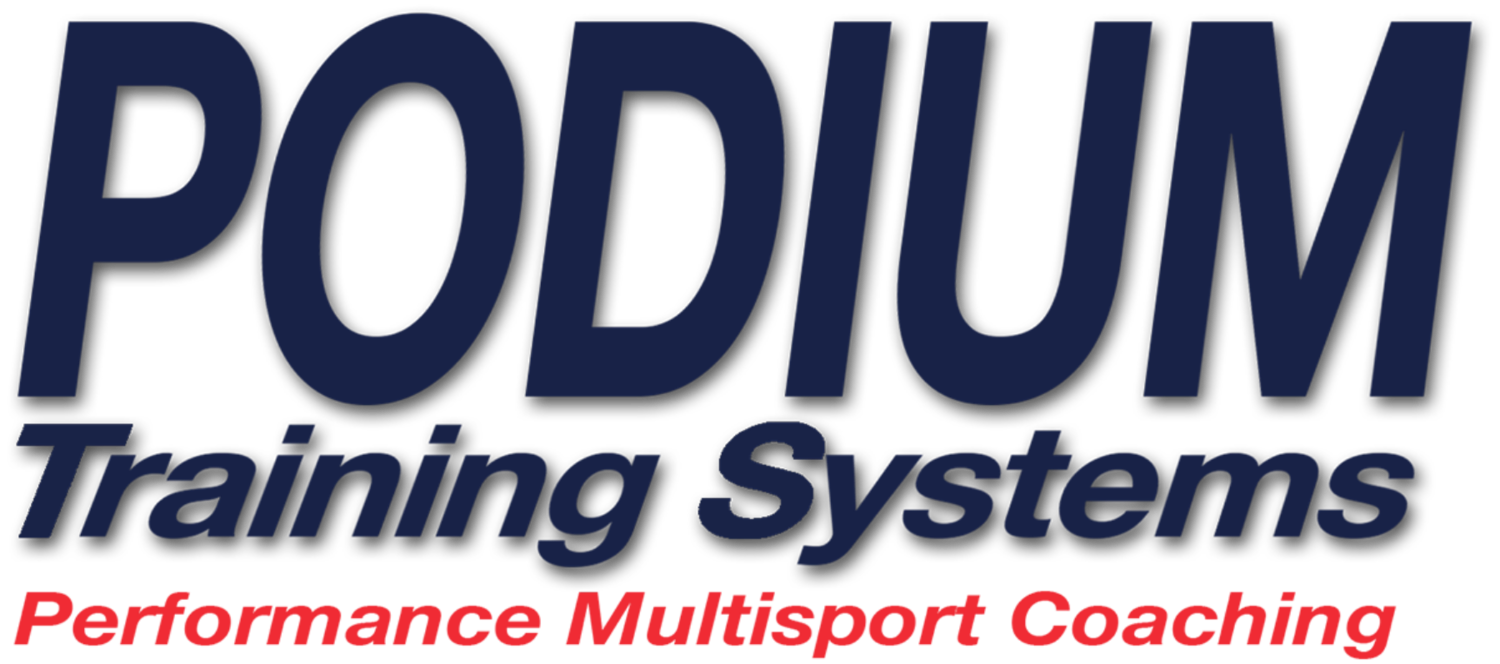With the off-season behind us, we can now look ahead to the training and racing that we'll be doing in 2015. And to start off training properly, solid pre-season work is required. But what are you really looking to accomplish in the pre-season? What's the goal? What sort of work should be done?
Most individuals require work on their aerobic base as they come off their off-season. And, most people think that this requires boring, long & slow, training. While base-building training isn't the most exciting, it does have great benefits. And it can be structured to not be all about long & slow efforts.
The primary goal of this lower intensity base training is to help build up the power plants in your muscles. By that I mean mitochondria. I'm not going to get overly scientific, but the goal here is to increase the number of these, building a bigger store of energy - allowing you to then train harder, and race at higher intensities down the road. This is why the majority of the work done during this phase is aerobic in nature. No threshold work. No VO2max work. Just aerobic, or approximately 55-75% of lactate threshold.
For reference, let's compare the Anaerobic Glycolysis system versus the Aerobic system
- The anaerobic system utilized glycogen (carbohydrates) as its primary energy source. Glycogen is stored in muscles, and is broken down when energy demands are high. This pathway provides energy during high intensity efforts lasting from a few seconds to 2 - 3 minutes.
- The aerobic system utilizes oxygen in the process of creating energy. This occurs when efforts last more than 2 - 3 minutes. Energy production can be held for a much longer period of time with this pathway, but intensity must be reduced.
This isn't to say that you can't have intensity in aerobic work. Depending on the athlete (their overall abilities,experience, age, their ability to recover, amongst other things) you can add some higher quality efforts. Pool sessions can include some longer, higher intensity, work as the pre-season progresses. The same applies on the bike. You can have higher intensities of work, while still keeping things aerobic. Cadence rates should be kept at ~95+ during this period. This will ensure that the cardio / aerobic engine is primarily engaged. Running can be tough for some coming off a little time off. In general, frequency and duration - not intensity - should be the focus (again, depending on the abilities of the athlete).
Why the focus on keeping things aerobic and not going to threshold or above? Intensity and duration are inversely related. With lower intensities, the duration can be longer. This allows us to work the aerobic system, and really develop the energy system properly. Whereas higher intensity activities must have shorter durations so as to avoid longer recovery periods or injuries. And remember, recovery is just as important here during the pre-season as it is in the middle of your racing season. It's not about how much work you can do, but how much work can you recover from and continue training. Without recovery and adaptation, you begin to lose the meaning and benefit of your training. Your body can't adapt physiologically under load. It needs to be recovering to adapt to the prescription you've applied.
Ideally the goal of your training at this time of year is to prepare your body, with proper training, to ensure that this season is better than last season. You're getting ready for your first round of upcoming testing, and the beginning of higher intensity training.
I'm really just skimming the surface of the how's and why's here. Questions? Send me an email!

